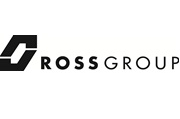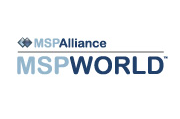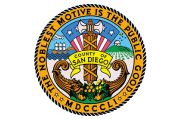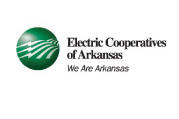Top Three Decisions for Microsoft Enrollment for Application Platform
An increasing number of enterprises are considering the value of Microsoft’s enterprise-level licensing models. The model with which companies are most familiar likely is the Enterprise Agreement (“EA”), under which a business licenses all of its desktops for Windows, Office and/or client access licenses, with the cost of those licenses being payable in three installments over the term of an EA enrollment (usually three years). During that term, the company can upgrade to the most current version of the licensed software and can deploy additional desktops without first purchasing licenses in advance, all subject to annual true-up orders.
Microsoft’s Enterprise Enrollment for Application Platform (“EAP”) offers a similar model for certain server products that companies often use to deliver software solutions over a network, including SQL Server, SharePoint Server and Visual Studio. The basic model is similar to the typical EA Enrollment, but there are a few points that businesses need to keep in mind when considering an EAP.
- All or Nothing If a company wants to license a product under an EAP, it cannot selectively enroll certain software editions or certain network environments in the program. Instead, all EAP product licensing (installation and access licenses) and all networks operated by an enrolled entity must be covered by the EAP, which means, at the very least, that Software Assurance for all existing licenses must be included in the purchase commitment. For companies that historically have licensed EAP products under different license agreements depending on product usages (e.g., Select for internal use and SPLA for hosting), this requirement may represent an obstacle to EAP enrollment.
- 1-Year or 3-Year True-Up Under an EAP, a business may select whether to submit true-up orders either every year (as typically required under an EA enrollment) or only once at the end of the three-year enrollment term. The three-year option initially sounds attractive, given that it saves the business from incurring the administrative burden of auditing covered systems every year in order to prepare a true-up analysis. However, businesses that select the three-year option are required to purchase additional licenses at enrollment based on an assumed “growth factor,” which, for example, usually is 20% over three years for SQL Server. That may make sense for companies that project greater than 20% growth in their EAP product deployments over the term, but many businesses may not be in a position to commit to that kind of up-front purchase.
- Amendment Time Negotiations over a new EA enrollment – EAP or otherwise – are the absolute best time to secure other contractual protections associated with a company’s Microsoft deployments. Not all businesses may have sufficient leverage to obtain significant concessions, but liability releases, audit forbearance and business-downturn protections all are fair game for discussion prior to signing a new enrollment. Especially when Microsoft is incentivized to make deals (such as at the end of its fiscal year), there is no better time for a licensee to pursue all available opportunities to reduce its exposure arising from SAM obligations.




